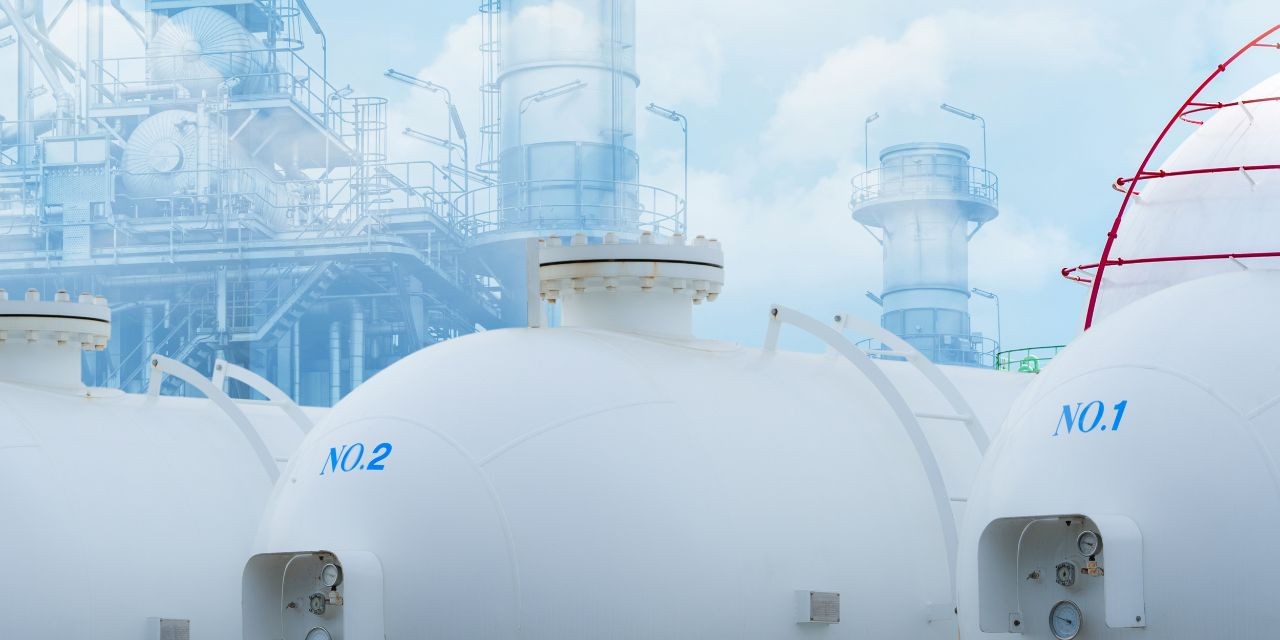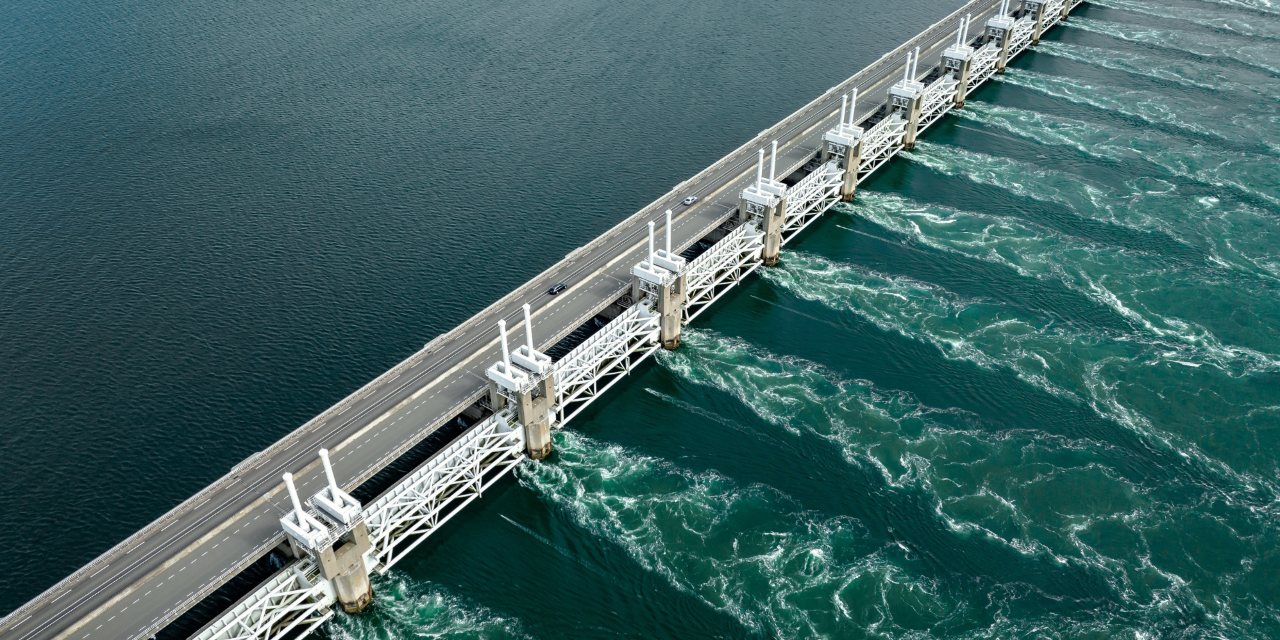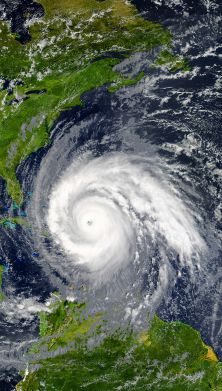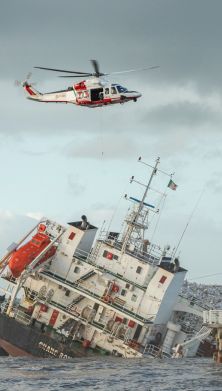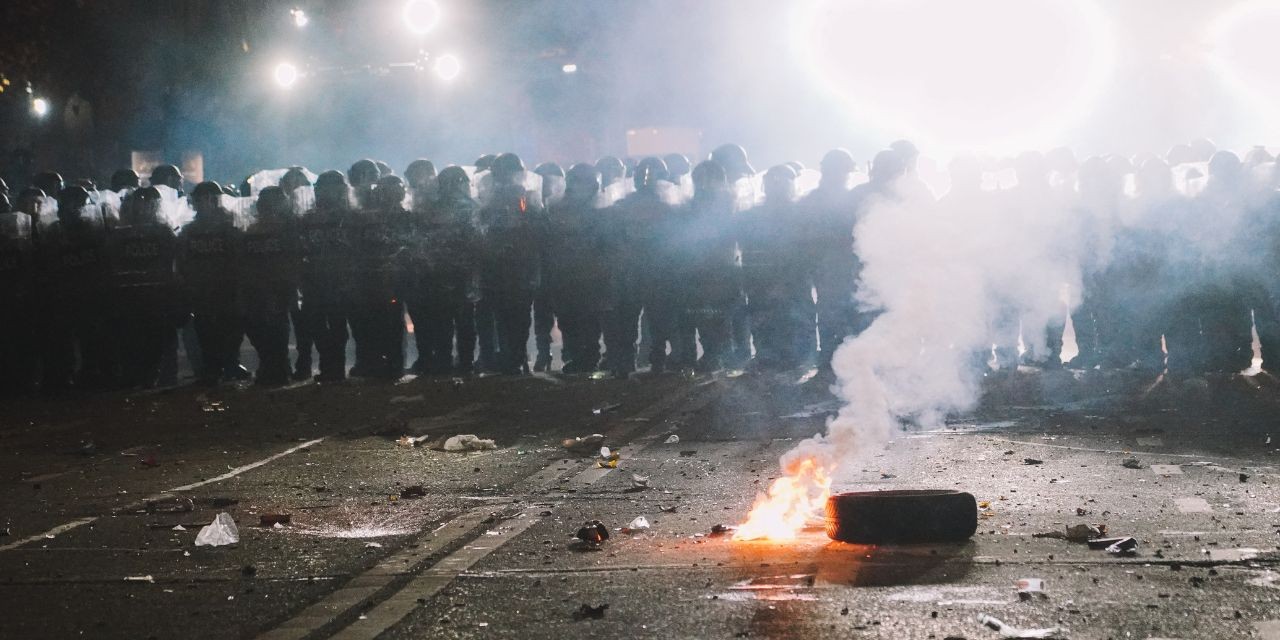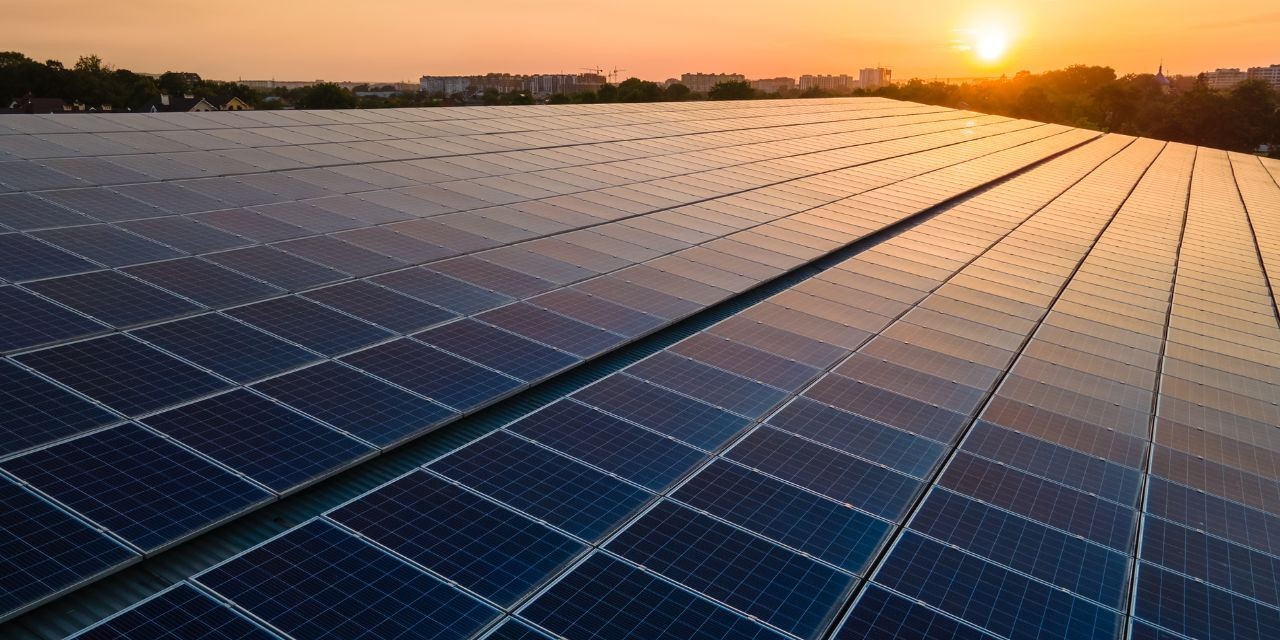Risk advisory
Risk bulletins
SMEs/MidCorporate
Large Corporates
Risk prevention for natural disasters
Allianz is there for its customers with property insurance - with financial benefits to repair damage that has occurred, but also with advice and assistance to prevent damage in the first place. Prevention is becoming more and more important. Preventing avoidable damage and minimizing unnecessary costs helps everyone: Customers, the economy and the climate.
Prevention is more important now than ever: firstly, because every drying process after water damage, every painting of a house wall or repair of a damaged roof causes CO2 emissions. Secondly, because climate change increases the severity and/or frequency of a number of natural hazards. And thirdly, because climate protection itself is a global preventive measure - with the aim of limiting global warming and preserving the planet as a safe place for future generations.
Essential tips for climate change risk reduction
Flood damage is a regular threat, especially in known flood areas, making flood insurance indispensable. However, flooding caused by heavy rainfall is also one of the most feared natural disasters. In addition, the time required for clean up and recovery can result in a substantial interruption to business operations even after the flood waters have receded.
The key to minimizing flood damage is adequate preparation before the event. In general, assess your property and surrounding area for flood exposure, considering
- Nearby flood sources, such as rivers, drainage ditches, canals, lakes, oceans, elevated reservoirs or dams, ground water, etc.
- Sewer or drain lines where water can backup into buildings
- Areas where water runoff can accumulate.
- Historical flood events.
Install or regularly check existing back-flow prevention devices to prevent backwater from entering your building. In the event of an acute flood warning: Move important equipment, utilities, stock, or records from the basement to the upper floors. Sandbags insulate against the masses of water. And organize pumps to drain the water out of the basement if the worst comes to the worst. If possible, move your car to a safe place, but do not start the engine of a flooded vehicle!
You can find all the tips for preventing damage caused by heavy rain and flooding but also what to do during and after a flood event in our checklist.
Hail can not only leave nasty marks on the roof of your vehicles, but it can also cause major damage to buildings, especially roofs, windows or attached solar panels. That's why you should protect yourself and your business beforehand.
- Inspect and repair the roof for problems with blocked or loose drains, gutters or downspouts, etc.
- Install protective shields for rooftop equipment such as HVAC units
- Relocate important outdoor equipment, machinery and stock indoors or install protective shields
- Invest in a roof for your outside parked business vehicles to avoid hail damage. Alternatively, there are tested hail protection mats.
- Install hail protection apps: Reliable hail forecasts help you to organize suitable protective measures such as reparking or covering in good time.
Our risk engineers have compiled a useful checklist for risk mitigation.
These insurance products cover your losses:
- Roofs are the most damaged part of a building when a hailstorm hits, notify your commercial property insurance which also covers consequential damage caused by penetrating rainwater after a loss.
- If you should suffer damaged roof windows and photovoltaic systems: Your commercial property insurance should cover this.
- Dents in your car: your partial or fully comprehensive insurance will cover you.
Climate research indicates that the severity of wildfire has and will continue to trend upward for the foreseeable future. Damage from wildfire can force you to temporarily shutter your business greatly impacting revenue and potentially causing you to lay off a portion of your trained work force.
While we cannot stop a wildfire from burning, however, working together with our risk engineers, can help reduce the exposure to property loss. In a first step, these seven steps help you to be prepared:
Storms can cause significant property damage, such as downed trees and damaged roofs. To protect your property, take the following precautions:
- Check roofs and facades: Perform regular inspections, including checking and cleaning gutters and downspouts. Water must be able to drain freely. You are in breach of your duty to maintain road safety if you do not replace loose roof tiles and siding.
- Check windows: Basement windows and skylights need to be tight. This is where water enters the building.
- Check trees: If you leave rotten or hollow trees on your property, you run the risk of them falling on your own or a neighbor's building during a storm. This is a breach of your duty of care.
And if a damage occurs, nonetheless? These insurance policies can help:
- In the case of damage to your business premises, product sites, storage locations, as well as contents or stock, notify your commercial property insurance which also covers consequential damage caused by penetrating rainwater.
- Your business interruption insurance helps with financial losses after physical damage or loss; this can include losses such as wage payments and missed income.
- One of your business cars is destroyed by a tree: This type of damage is covered by your business vehicle or fleet insurance, both partially and fully comprehensive.
- Damage caused by lightning: The energy released by a lightning strike can cause explosions, fires and damage due to overvoltage. This type of damage can be covered the commercial property insurance.
Extreme weather conditions are occurring more frequently with the impact on businesses becoming more severe. Did you know? 20 centimeters of snow can weigh as much as an elephant on your roof. What if part of it breaks through? This is what you can do to protect yourself and your property against extreme cold, heavy snow or freeze damage:
- Evaluate your roof’s snow load capacity, be prepared to remove excessive snow build up during storms.
- Verify all roof drains, drainpipes and gutters are free of debris.
- Verify the indoor temperature for all heated buildings is maintained above 4°C/40°F.
- Drain any water laden equipment or piping located in unheated areas.
- Inspect sprinkler systems controlled by cold weather valves for the following: Control valve closed and identified by a “Valve Shut” card.
Our risk engineers have compiled a comprehensive checklist of what can be done to prepare for freezing temperatures or what to do during and after a loss event.
Are you a landlord who has rented out your property? Here is a quick checklist.
If a damage still occurs, these policies could help:
- In the case of damage to your business premises, product sites, storage locations, as well as contents or stock, notify your commercial property insurance which also covers consequential damage caused by penetrating snow or water.
- Your business interruption insurance helps with financial losses after physical damage or loss; this can include losses such as wage payments and missed income.
- Passers-by or cars are hit by an avalanche: Liability insurance or property and home liability insurance offer protection against the financial consequences.

